Dappertime
TPF Noob!
- Joined
- Jun 26, 2017
- Messages
- 2
- Reaction score
- 1
- Can others edit my Photos
- Photos NOT OK to edit
Much is discussed concerning photographing through the daylight hours, but how about after that?
The night is the best time for street photography. Cityscapes are lit with an array of multi-colored and interesting light resources, such as lampposts, neon symptoms, store home windows, car lights, and bare bulbs. People clothe themselves in their favorite clothes to venture out. Bland moments by day can change ominous and fascinating during the night suddenly.
Listed below are 10 tricks for night photography to truly get you considering starting the next road photography program at night, then ending it rather.
1. Ideal camera settings for sharpness at night
to freeze motion throughout the day, it’s advisable to use a shutter rate of 1/320th, with 1/160th as your lower threshold.
At night, this changes. In the brightest areas, you'll be able to photograph at 1/250th, but most of the time it will be best to use a shutter speed somewhere between 1/160th and 1/60th. You need to have: stable hands; a wide-angle focal duration; and to stop your own movement completely to be able to photograph handheld at speeds around 1/60th, but with some practice, it can be done.
A wide-angle lens is necessary for this type of photography because the longer the focal duration, the faster the shutter speed needed to keep an image sharp. Using a 28mm or 35mm lens (up to 50mm) it becomes much easier to handhold the camera at slower shutter speeds.
It will help use an easy, prime lens, such as a 35mm f/2. It is possible to shoot at f/4 in brighter areas, but being able to take at f/2.8, f/2, or even 1. 8 will greatly increase your opportunities.
Finally, you will need to improve your ISO significantly. With modern digital cameras, you can photograph from ISO 1600 to 6400 with nice or decent quality. It’s not possible to photograph handheld at night normally. It’s recommended to capture at ISO 3200 and sometimes at ISO 6400 if needed.
2. Look for the light sources first
you should pay attention to the primary light sources in a scene always, irrespective of where or if you are photographing, but during the night this becomes more important even. Begin by finding a lovely light source, or a certain area with good light, and hold out for something to happen.
Focus on how these light resources hit your subjects. If you're leaning against a shop with a lit indication behind you, then as subjects pass you they'll be lit with a solid light which has a beautiful color to it. In case your lens aperture doesn’t go wider than f/4, this is an excellent way to bypass that limitation.
Alternatively, if you stand in the street and aim the camera at the source of light, the light will be less pronounced on the subjects then, however, you shall get the stunning sign the scene. Spot the difference between the light on the left and right side of the man’s face in the photo.
3. Photograph nightlife
some of the most interesting night street photographs occur where in fact the most structures and folks are, which is often where the nightlife is. A fantastic project to look at for inspiration is Jim Hamel's Night Photography.
4. Alternate between getting close and stepping back
At night, backgrounds can be much more beautiful than throughout the day, so it often works to have people become the secondary element to the scene, as opposed to the main focus.
The technical advantage to this is that you do not need to use a fast shutter speed to capture the motion of subjects when you are further away. You can freeze a moving subject at 1/60th of a second from further away, whereas you'll need to use at least 1/125th when close.
5. Tripod and Crowd Blur
For street photography, it’s usually better to go handheld because you never know very well what interesting thing will happen, and where it’s likely to occur. However, one of the right times to employ a tripod is when you wish to capture a busy scene, with lots of motion and people.
Test out slower shutter rates of speed, such as 1/8th of another and have a complete lot of images.
6. Utilize a flash
whether you want to try flash on the street is your decision, but keep in mind that it can simply lead to some confrontations. It’s advisable to work with the constraints of the natural light on the street.
Using a flash means that you are freed from most of the constraints of photographing at night. You can use a faster shutter rate and include more depth of field in the photo and less grain (noise).
You can either have the flash do all the work lighting the scene, where the foreground area within reach of the flash is lit and everything else is dark, or you can set the camera to expose for the scene, similar to what you would do without the flash, and then use the flash to add some fill light to your main subjects in the foreground.
7. Noise and the dreaded underexposed image
always expose correctly when photographing with a high ISO.
That being said, despite having the best settings, some of your images will be shot in areas that are too dark to be exposed correctly. It’s impossible to photograph this way and expose every image flawlessly within the camera. For the occasional pictures with excellent content that you want to save, you should have no choice but to raise the exposure when editing.
8. Imperfection and blur
on this be aware, aim to make your photos as clear as possible when you need sharpness, but know a picture can still look fantastic even if it’s not tack clear.
You don’t need to freeze motion perfectly when photographing during the night for the image to still look good. Keep your day images to an increased standard than your night images as it pertains to sharpness. They have to be interesting and appear good and that’s what matters.
Also, at shutter speeds around 1/60th to 1/30th, you can experiment handheld with slight blur, where your subjects are clear but have just a little motion to them relatively. It’s a great way to add a lively feeling of motion into an image.
9. Night Images Should be Dark
It's good to be realist sometimes. Evening shots should look like they were taken at night. They should be dark, with deep shadows and areas that are hard to see and make out. When you look at the histogram of a night image it should be further towards dark end than a day image.
When you expose a night time shot, especially on automatic settings, the camera will most likely misread the scene and overexpose the image. It will be bright and you'll be able to see everything as you would during the day, but it won't feel like a realistic night scene. In these cases, you should slightly lower the exposure compensation on your camera.
There are several situations where bright night images are a ”cool” thing, but don’t be afraid to make your night images dark and realistic.
10. Take Care
Depending on where you live, going out at night with a camera is not necessarily the safest idea. Travel light with equipment and be careful about where you go. Use your best judgment on who to photo and think about bringing a pal along. You don’t want to find yourself in a negative situation.
The night is the best time for street photography. Cityscapes are lit with an array of multi-colored and interesting light resources, such as lampposts, neon symptoms, store home windows, car lights, and bare bulbs. People clothe themselves in their favorite clothes to venture out. Bland moments by day can change ominous and fascinating during the night suddenly.
Listed below are 10 tricks for night photography to truly get you considering starting the next road photography program at night, then ending it rather.
1. Ideal camera settings for sharpness at night
to freeze motion throughout the day, it’s advisable to use a shutter rate of 1/320th, with 1/160th as your lower threshold.
At night, this changes. In the brightest areas, you'll be able to photograph at 1/250th, but most of the time it will be best to use a shutter speed somewhere between 1/160th and 1/60th. You need to have: stable hands; a wide-angle focal duration; and to stop your own movement completely to be able to photograph handheld at speeds around 1/60th, but with some practice, it can be done.
A wide-angle lens is necessary for this type of photography because the longer the focal duration, the faster the shutter speed needed to keep an image sharp. Using a 28mm or 35mm lens (up to 50mm) it becomes much easier to handhold the camera at slower shutter speeds.
It will help use an easy, prime lens, such as a 35mm f/2. It is possible to shoot at f/4 in brighter areas, but being able to take at f/2.8, f/2, or even 1. 8 will greatly increase your opportunities.
Finally, you will need to improve your ISO significantly. With modern digital cameras, you can photograph from ISO 1600 to 6400 with nice or decent quality. It’s not possible to photograph handheld at night normally. It’s recommended to capture at ISO 3200 and sometimes at ISO 6400 if needed.
2. Look for the light sources first
you should pay attention to the primary light sources in a scene always, irrespective of where or if you are photographing, but during the night this becomes more important even. Begin by finding a lovely light source, or a certain area with good light, and hold out for something to happen.
Focus on how these light resources hit your subjects. If you're leaning against a shop with a lit indication behind you, then as subjects pass you they'll be lit with a solid light which has a beautiful color to it. In case your lens aperture doesn’t go wider than f/4, this is an excellent way to bypass that limitation.
Alternatively, if you stand in the street and aim the camera at the source of light, the light will be less pronounced on the subjects then, however, you shall get the stunning sign the scene. Spot the difference between the light on the left and right side of the man’s face in the photo.
3. Photograph nightlife
some of the most interesting night street photographs occur where in fact the most structures and folks are, which is often where the nightlife is. A fantastic project to look at for inspiration is Jim Hamel's Night Photography.
4. Alternate between getting close and stepping back
At night, backgrounds can be much more beautiful than throughout the day, so it often works to have people become the secondary element to the scene, as opposed to the main focus.
The technical advantage to this is that you do not need to use a fast shutter speed to capture the motion of subjects when you are further away. You can freeze a moving subject at 1/60th of a second from further away, whereas you'll need to use at least 1/125th when close.
5. Tripod and Crowd Blur
For street photography, it’s usually better to go handheld because you never know very well what interesting thing will happen, and where it’s likely to occur. However, one of the right times to employ a tripod is when you wish to capture a busy scene, with lots of motion and people.
Test out slower shutter rates of speed, such as 1/8th of another and have a complete lot of images.
6. Utilize a flash
whether you want to try flash on the street is your decision, but keep in mind that it can simply lead to some confrontations. It’s advisable to work with the constraints of the natural light on the street.
Using a flash means that you are freed from most of the constraints of photographing at night. You can use a faster shutter rate and include more depth of field in the photo and less grain (noise).
You can either have the flash do all the work lighting the scene, where the foreground area within reach of the flash is lit and everything else is dark, or you can set the camera to expose for the scene, similar to what you would do without the flash, and then use the flash to add some fill light to your main subjects in the foreground.
7. Noise and the dreaded underexposed image
always expose correctly when photographing with a high ISO.
That being said, despite having the best settings, some of your images will be shot in areas that are too dark to be exposed correctly. It’s impossible to photograph this way and expose every image flawlessly within the camera. For the occasional pictures with excellent content that you want to save, you should have no choice but to raise the exposure when editing.
8. Imperfection and blur
on this be aware, aim to make your photos as clear as possible when you need sharpness, but know a picture can still look fantastic even if it’s not tack clear.
You don’t need to freeze motion perfectly when photographing during the night for the image to still look good. Keep your day images to an increased standard than your night images as it pertains to sharpness. They have to be interesting and appear good and that’s what matters.
Also, at shutter speeds around 1/60th to 1/30th, you can experiment handheld with slight blur, where your subjects are clear but have just a little motion to them relatively. It’s a great way to add a lively feeling of motion into an image.
9. Night Images Should be Dark
It's good to be realist sometimes. Evening shots should look like they were taken at night. They should be dark, with deep shadows and areas that are hard to see and make out. When you look at the histogram of a night image it should be further towards dark end than a day image.
When you expose a night time shot, especially on automatic settings, the camera will most likely misread the scene and overexpose the image. It will be bright and you'll be able to see everything as you would during the day, but it won't feel like a realistic night scene. In these cases, you should slightly lower the exposure compensation on your camera.
There are several situations where bright night images are a ”cool” thing, but don’t be afraid to make your night images dark and realistic.
10. Take Care
Depending on where you live, going out at night with a camera is not necessarily the safest idea. Travel light with equipment and be careful about where you go. Use your best judgment on who to photo and think about bringing a pal along. You don’t want to find yourself in a negative situation.



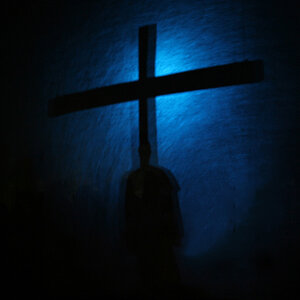
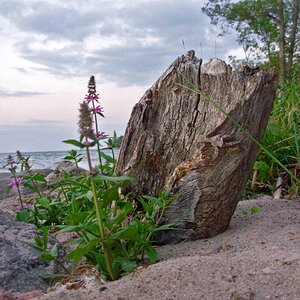
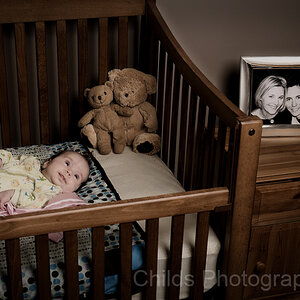
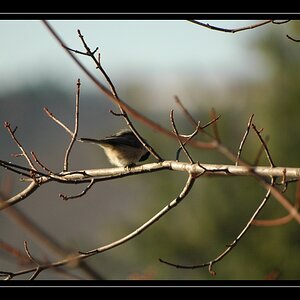
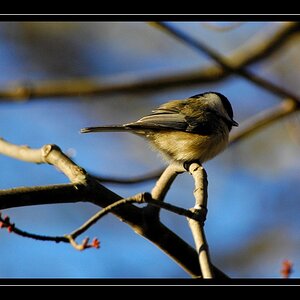
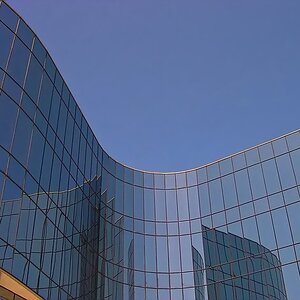
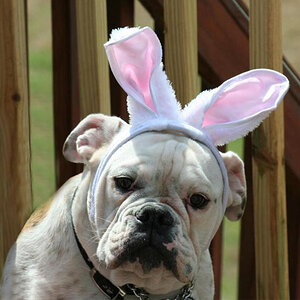
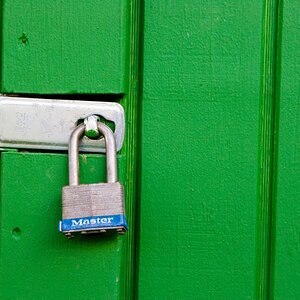
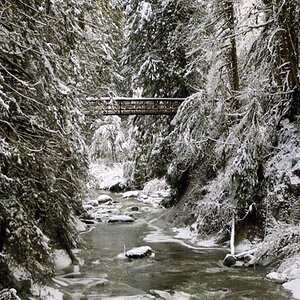
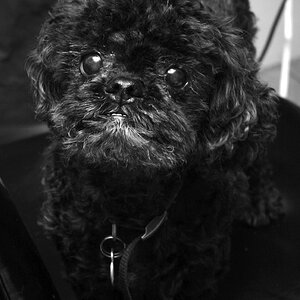
![[No title]](/data/xfmg/thumbnail/32/32006-4103e122cb8d7b8d8e41a423124446b7.jpg?1619735151)